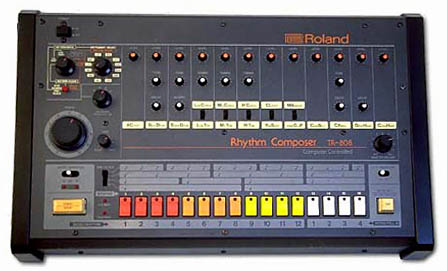All beats are not created equal. They are endowed by their makers with differing length…
Well, not quite. But if we’re describing rhythm as rendered live by human musicians then yes, beats vary, even in regularly-beated music played “in tempo.” Computer produced beats do not have to vary, as some post-1980 pop music displays.
 In human-played rhythm, how much do beats vary? Or how much can beats vary and still be perceived as “equal”? We’re starting to answer such questions. Today’s world, filled with mass-produced objects, provides a particular context for understanding regularity.
In human-played rhythm, how much do beats vary? Or how much can beats vary and still be perceived as “equal”? We’re starting to answer such questions. Today’s world, filled with mass-produced objects, provides a particular context for understanding regularity.
Bruno Repp has been quantifying pianists’ rhythm. In a long study of performances of the beginning of Chopin’s Étude in E Major, opus 10, number 3, Repp found remarkable similarity in the irregularities of various players.
Olivier Senn and his colleagues have published their measurements of the micro-timings of Martha Argerich. For example, in Argerich’s 1975 recording of Chopin’s Prelude in E Minor, within the first four-measure phrase, the shortest eighth-note lasts 452 milliseconds while the longest eighth-note lasts 807 milliseconds. Later parts of the prelude are rendered with greater extremes.
I’d issue a caveat regarding the Argerich measurements: the recording is a studio product, and likely edited. Nothing wrong with that, except that some of these timings are the result of editing. Perfectly plausible and even beautiful timings perhaps, but not directly from the pianist. These manipulated microtimings are part of a different performance — the editor’s.

It is strange that in an era where most things are not considered fixed, beats are becoming fixed in the extreme. One of the practices of Post-Modenism is to remove the duality of writing and replace it with a spectrum; some even consider a human’s sex to be a spectrum, rather than pure female or pure male.
However it is frequently considered necessary for beats to be computer accurate. To put music in time through digital editing is a pointless as going through the reading of a poem and making sure every vowel, dipthong and consonant of the reader are identical through digital editing.
There is no reason for the beat of a piece of music not to come and go, especially in classical music. Some phrases benefit from being played in more of a speech rhythm. Computer accuracy is just another expressive technique, the same as rubato is.